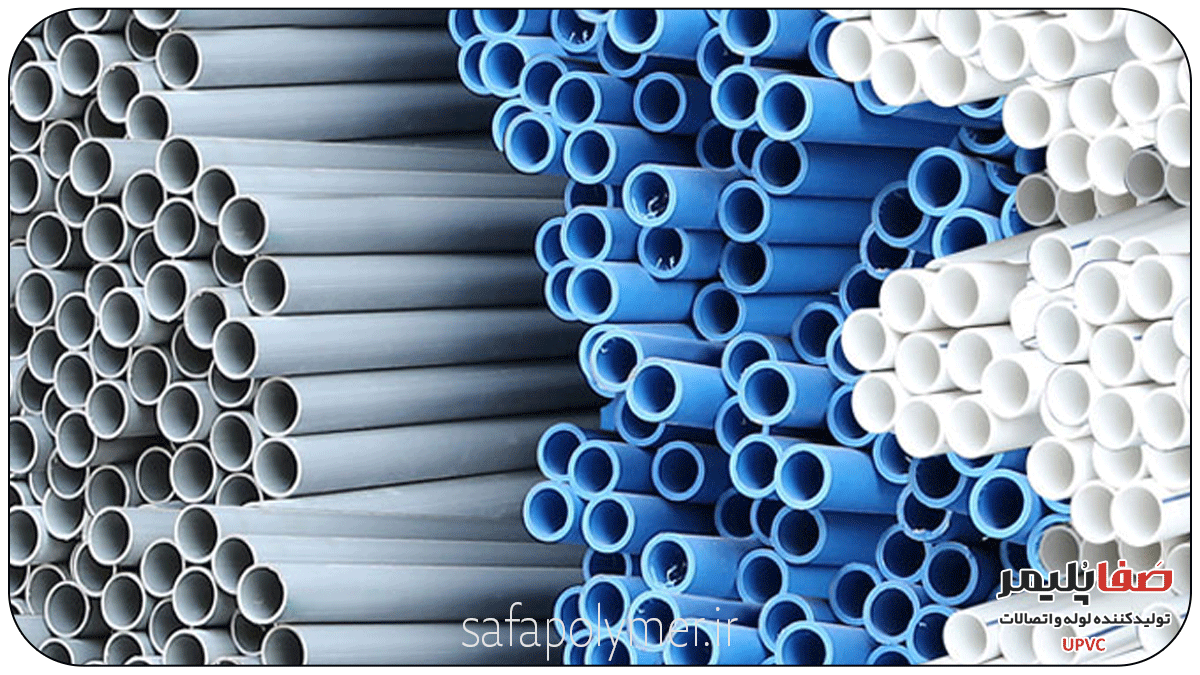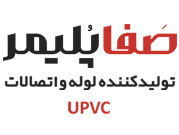Standards and Certification Requirements

Standards and Certification Requirements
CTube Certifications
Ensuring the safety, reliability, and performance of plastic pipes requires compliance with various standards and certifications. These standards, established by different organizations worldwide, define the requirements for manufacturing, testing, and installing plastic pipes, ensuring that they meet strict quality and safety criteria. CTube PVC pipes and fittings comply with the following relevant certifications:
8.1 UL Listings (Underwriters Laboratories)
UL Listings are crucial in the United States to verify that plastic conduits meet the highest safety and performance standards. UL standards cover a wide range of criteria, including flame resistance, impact resistance, and electrical insulation properties. Products that pass these rigorous tests are marked with the UL label, signifying compliance with critical safety standards. This certification is particularly important for applications in residential and commercial buildings where safety is a top priority. UL-listed conduits must withstand specific fire conditions, resist mechanical impacts, and provide adequate insulation to prevent electrical faults and short circuits.
8.2 ASTM Standards (American Society for Testing and Materials)
ASTM standards are internationally recognized criteria for testing methods and performance benchmarks for plastic pipes. These standards ensure that the pipes meet specific quality and safety requirements, including material composition, mechanical properties such as tensile strength and flexibility, and environmental resistance to UV radiation, moisture, and temperature fluctuations. Compliance with ASTM standards guarantees that plastic pipes are durable, reliable, and suitable for their intended applications. ASTM standards are widely followed in the U.S. and are frequently referenced globally to ensure quality.
8.3 NEC Compliance (National Electrical Code)
The NEC (National Electrical Code) provides comprehensive guidelines for the safe installation and use of electrical conduits in the United States. Compliance with NEC standards ensures that plastic conduits are properly and safely installed, covering aspects such as installation methods, wiring techniques, and conduit protection and support. Adhering to NEC standards is mandatory in many U.S. jurisdictions and ensures that electrical installations are safe, efficient, and compliant with local building regulations. NEC is frequently updated to reflect the latest advancements in technology and safety, making adherence to its guidelines essential for modern electrical installations.
8.4 IEC Standards (International Electrotechnical Commission)
IEC standards provide global guidelines for the performance and safety of plastic conduits, facilitating international trade and ensuring that products meet consistent quality benchmarks worldwide. These standards cover safety requirements, performance criteria, and compatibility with electrical systems and components used in different countries. Compliance with IEC standards is essential for manufacturers seeking to market their products internationally, as it ensures that conduits are accepted in a wide range of countries, including Europe, Asia, and South America. IEC standards focus on ensuring that conduits provide adequate insulation, resist fire and mechanical impacts, and perform reliably under various environmental conditions.
8.5 CSA Certification (Canadian Standards Association)
CSA certification is a key standard in Canada, similar to UL certification in the United States. It ensures that plastic conduits meet strict safety and performance standards, including electrical safety, flame retardancy, and mechanical durability. Products with CSA certification are recognized for their high quality and safety, making them a preferred choice in the Canadian market. CSA-certified conduits must resist ignition and fire spread, maintain structural integrity under mechanical stress, and provide effective insulation for electrical protection.
8.6 Country-Specific Standards and Requirements
- United States: Primarily follows UL, NEC, and ASTM standards. Conduits must meet fire safety criteria, impact resistance, and electrical insulation standards.
- Canada: Follows CSA standards, ensuring high levels of fire safety, mechanical durability, and electrical insulation.
- European Union: Complies with IEC standards and additional EU regulations such as RoHS (Restriction of Hazardous Substances) and REACH (Registration, Evaluation, Authorization, and Restriction of Chemicals), ensuring that conduits are free from hazardous materials and safe for human health and the environment.
- Australia/New Zealand: Compliance with AS/NZS standards, which align with IEC standards, ensuring international compatibility and safety.
- Asia: Countries like China and India often adopt IEC standards along with local regulatory requirements, ensuring compatibility with global markets while addressing regional safety concerns.
